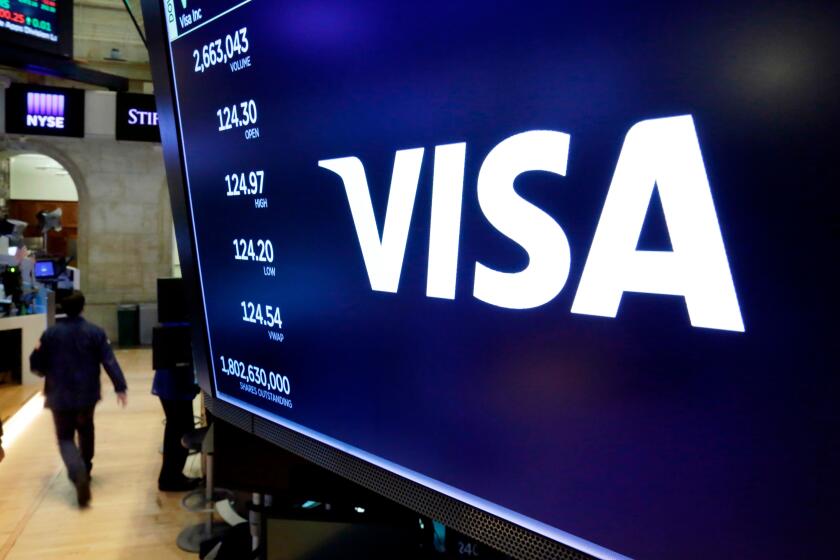National Aquarium’s plan to relocate dolphins may boost pressure on SeaWorld to move orcas
A decision this week by Baltimore’s National Aquarium to relocate its dolphins to a seaside refuge will probably fuel more demands that SeaWorld consider a similar move for its killer whales, but the marine park company said it remains as opposed to the idea as it has always been.
Like SeaWorld, the aquarium had faced years of public protests by animal rights activists pressing the tourist attraction to release its dolphins from captivity.
But, unlike SeaWorld Entertainment, which only recently announced that it would be phasing out its theatrical Shamu shows, the National Aquarium halted its dolphin performances about four years ago.
Aquarium Chief Executive John Racanelli said the decision followed a five-year research effort that weighed the option of rebuilding its dolphin pools in a more naturalistic environment.
In the end, the aquarium staff and board decided that “the best way forward was to create a protected, year-round, seaside refuge for the dolphins,” Racanelli said in an opinion piece published in the Baltimore Sun. He acknowledged the changing public opinions surrounding animal captivity that also played a role in SeaWorld’s decision this year to end captive breeding of its 29 orcas.
“Through feedback painstakingly gathered over 10 years, we have learned that the American public is increasingly uneasy with the notion of keeping dolphins and whales in captivity,” he wrote. “These beliefs matter to us.”
The nonprofit aquarium is researching locations in Florida and the Caribbean and is launching a fundraising effort but has not stated how much its new venture will cost. It expects to have created a new home for its eight Atlantic bottlenose dolphins by 2020.
While SeaWorld’s move this year to end breeding of its orcas was a major turning point for the Orlando-based company, Chief Executive Joel Manby has said SeaWorld will not go so far as to have its killer whales live out their lives in sea pens.
“Sea cages for our whales are high risk,” SeaWorld said in a statement Tuesday. “Most of our whales were born at SeaWorld, and the best, and safest, future for them is to let them live out their lives here, receiving top care, in state-of-the-art habitats, safe from pollution and the other environmental threats they would face in our oceans.”
As for retiring dolphins to ocean sanctuaries, SeaWorld also reaffirmed its position that the cetaceans are best cared for in its parks.
Still, public attitudes about animals housed in zoos and aquariums are rapidly evolving and fueling changes that would have been unheard of a decade ago. Just last month, Ringling Bros. and Barnum & Bailey Circus retired its last performing elephants.
Capitalizing on changing public sentiment, a group of scientists, animal rights activists, former SeaWorld trainers and others last month launched the Whale Sanctuary Project, with the goal of creating a seaside home for whales, dolphins and porpoises. Munchkin, a baby products company, is seeding the effort with a $1-million pledge toward what will eventually be an estimated $20-million project.
Wayne Pacelle, chief executive of the Humane Society of the United States, which has recently forged a cooperative relationship with SeaWorld, applauded what he called a “far-reaching” move by the Baltimore aquarium.
Asked whether he thought it could influence SeaWorld to reconsider its position on ocean sanctuaries, Pacelle said, “We understand that SeaWorld has been in touch with the National Aquarium and will pay close attention to the research and execution of the plan announced this week. For more immediate purposes, we’ve asked SeaWorld, if it wants additional dolphins, to cease breeding and only add animals to its population by rescuing dolphins in distress who cannot be released into the wild.”
More to Read
Inside the business of entertainment
The Wide Shot brings you news, analysis and insights on everything from streaming wars to production — and what it all means for the future.
You may occasionally receive promotional content from the Los Angeles Times.










